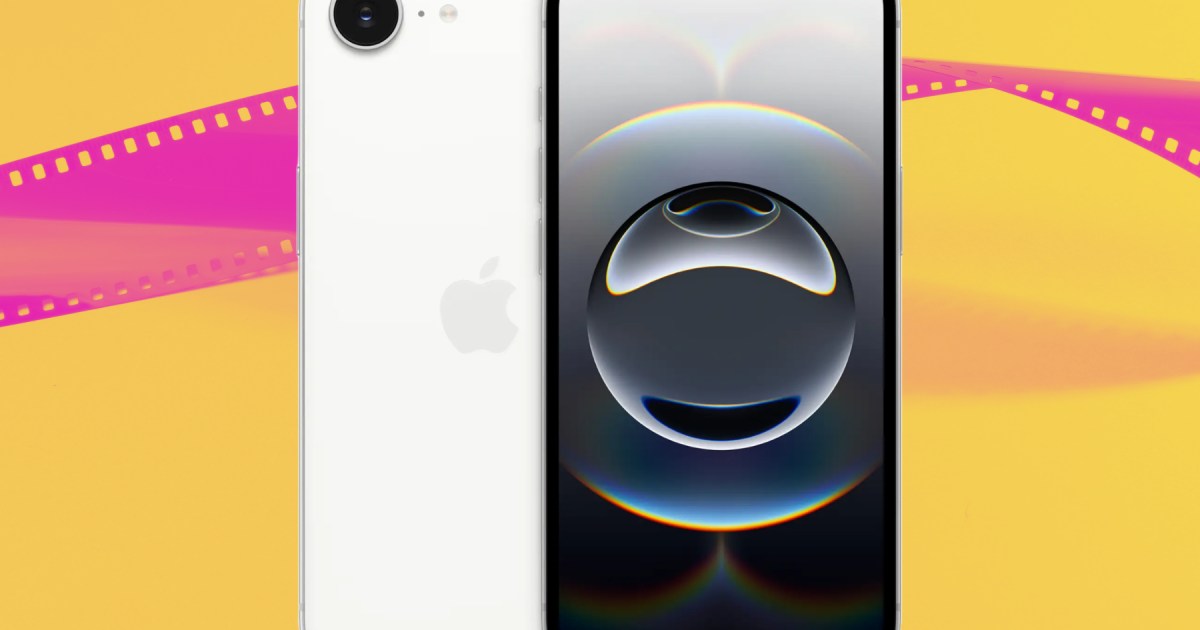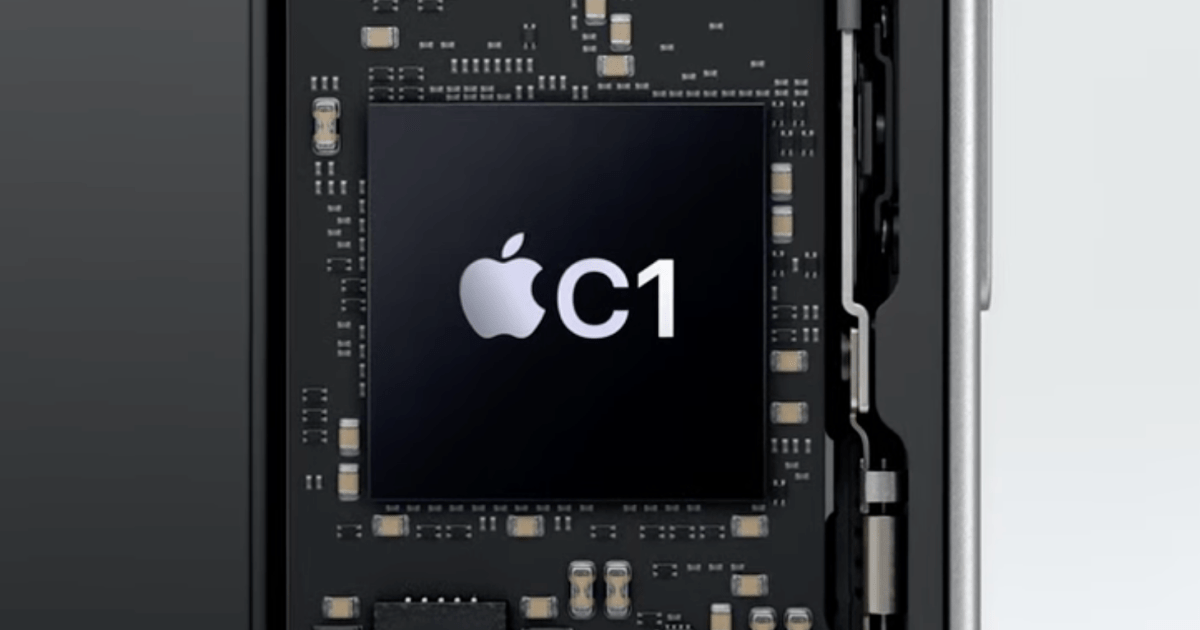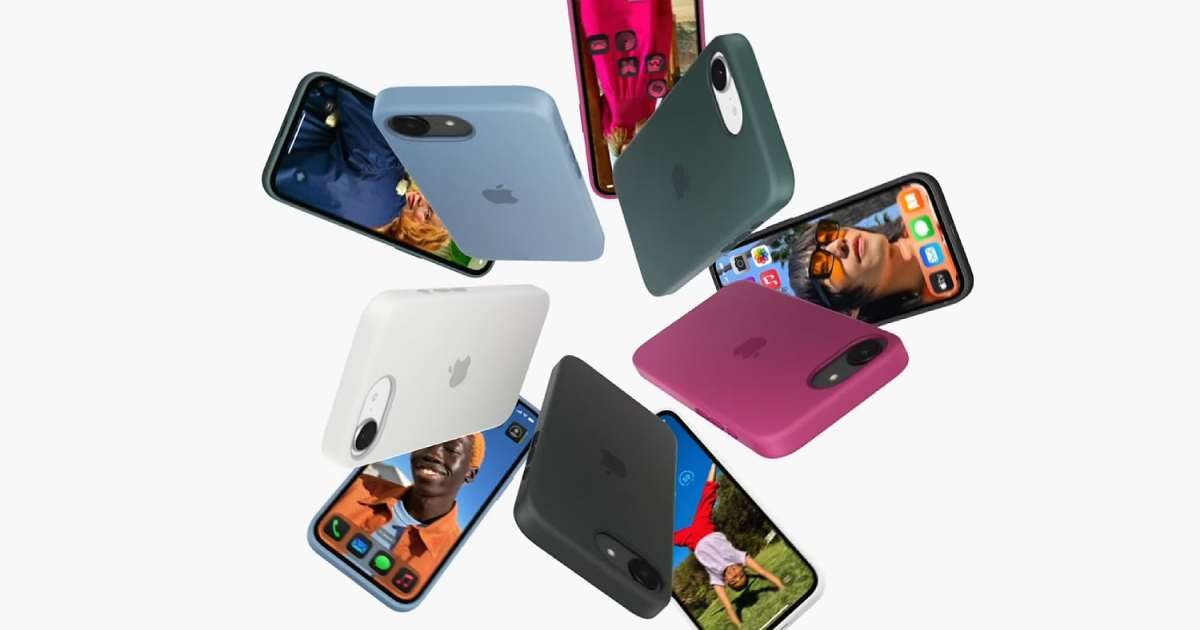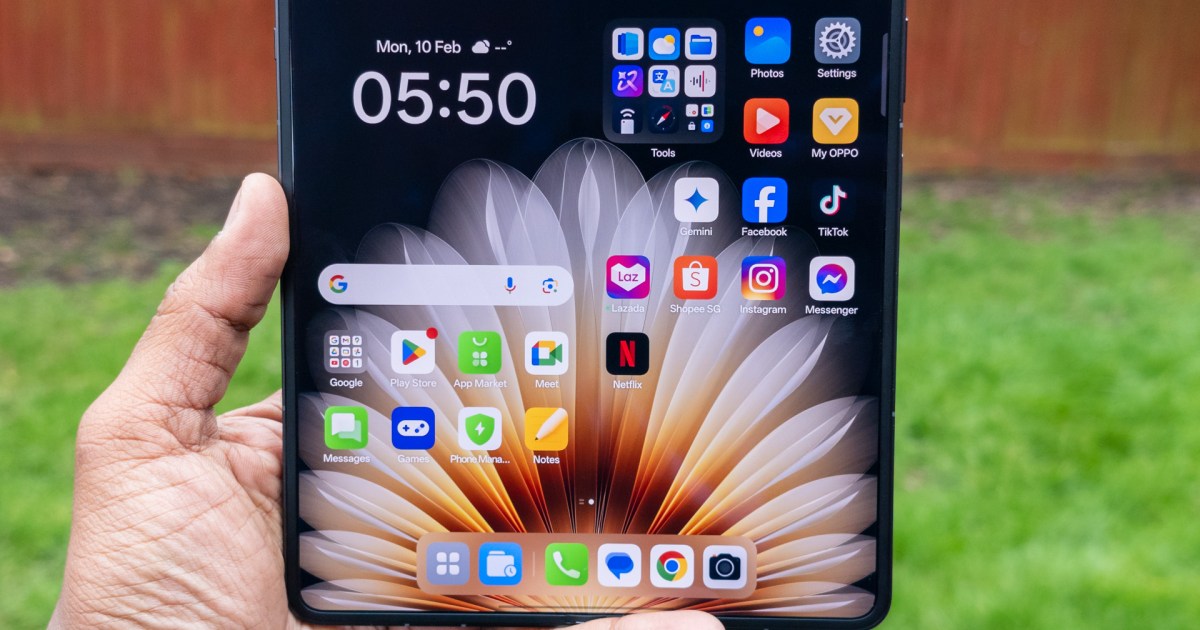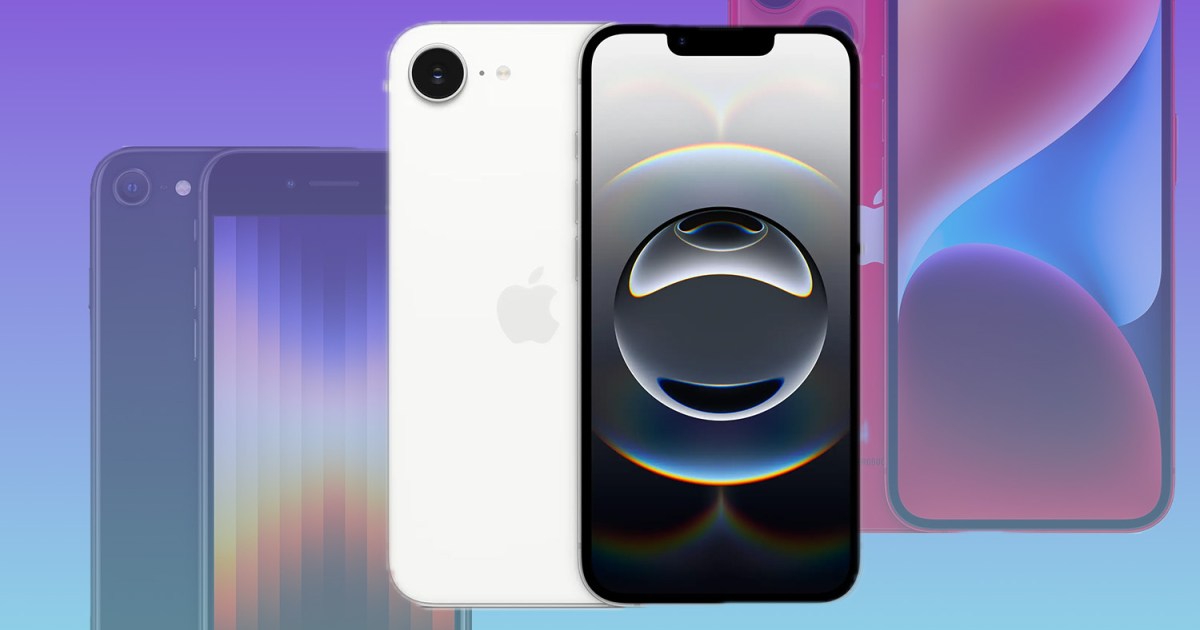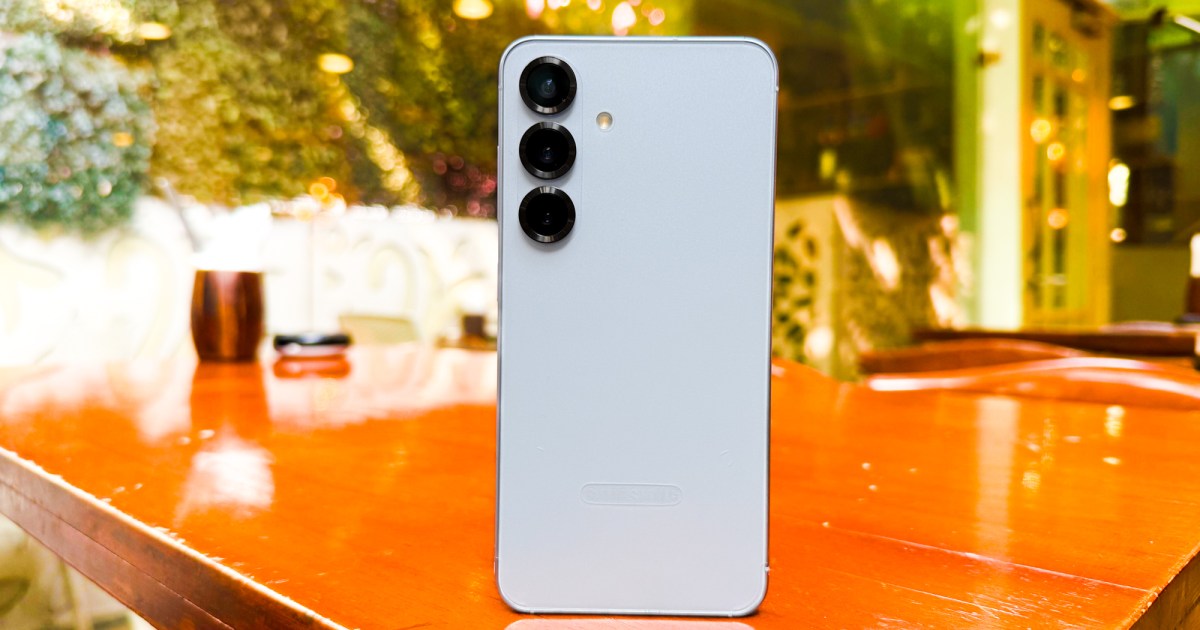Apple’s recently unveiled iPhone 16e, the newest addition to the iPhone family, marks a significant departure from previous SE models. While inheriting features from the iPhone 16 series at a more accessible price point, the iPhone 16e introduces a groundbreaking component: the Apple C1 modem. This marks the culmination of almost seven years of development, representing a strategic shift with potential ramifications for future iPhones and key supplier relationships.
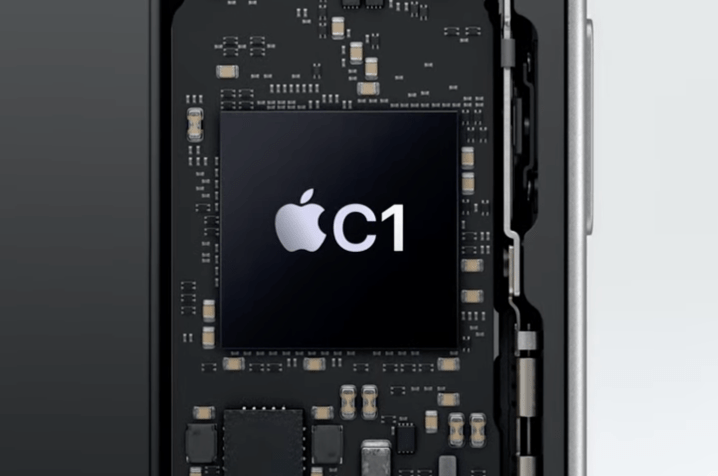 Apple C1 modem
Apple C1 modem
The C1 modem’s development can be traced back to Apple’s legal battles with Qualcomm almost a decade ago. In 2017, Apple sued Qualcomm over patent licensing fees, aiming to reduce its reliance on the chipmaker. A settlement in 2019 led to a multi-year partnership for 5G modems, recently extended to 2027. However, Apple’s acquisition of Intel’s smartphone modem business shortly after the settlement signaled its long-term ambition to develop its own modems. The anticipated launch of Apple’s in-house modem two years ago was delayed, suggesting the complexity of 5G modem development. Recent reports indicated a phased approach, culminating in the C1’s debut in the iPhone 16e. While not expected to match the performance of the Qualcomm X75 modem in the iPhone 16 series, the C1 represents a crucial first step.
The Strategic Significance of the iPhone 16e Launch
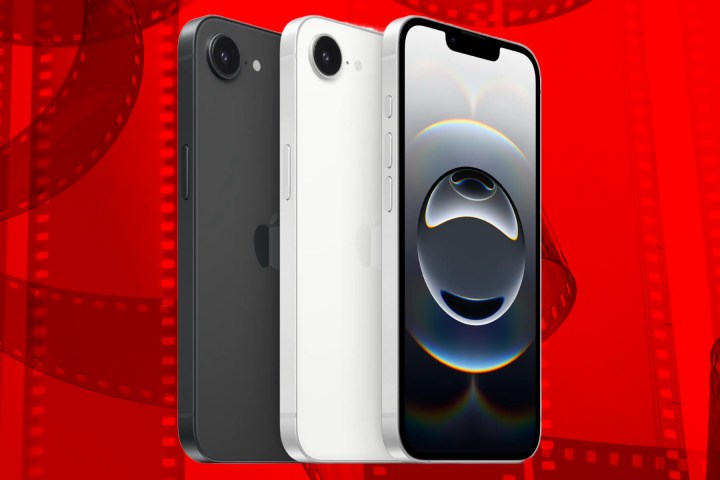 iPhone 16e depicted in black and white colors
iPhone 16e depicted in black and white colors
While unconfirmed by Apple, speculation suggests the C1 modem may not fully match the speed, reliability, and signal reception of Qualcomm’s offering. Launching the C1 within the $599 iPhone 16e, the most affordable current iPhone with Apple Intelligence, mitigates potential negative repercussions. This strategic positioning allows Apple to attribute any performance shortcomings to the device’s affordability, rather than the modem itself. Had Apple chosen to debut the C1 in the iPhone 17 series, including the rumored iPhone 17 Air, any performance issues would have carried significantly greater consequences. Lack of mmWave support could have strained carrier relationships, and subpar performance compared to flagship competitors could have impacted Apple’s stock price. The iPhone 16e effectively serves as a testing ground for the C1, influencing future modem development and potential collaborations with Qualcomm.
The Advantages of an In-House Modem
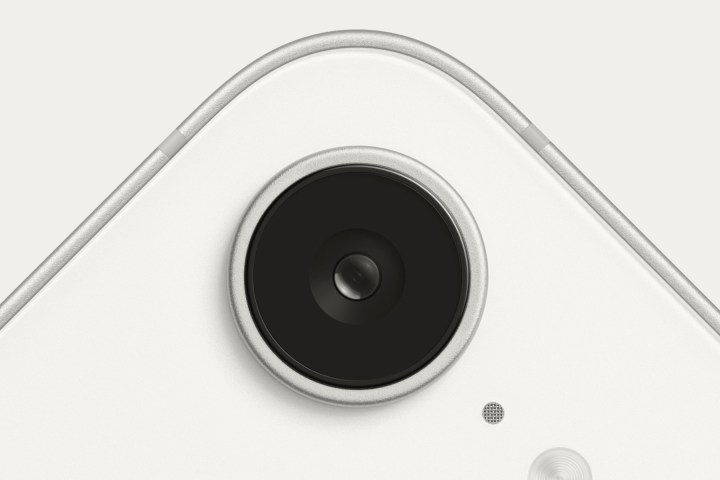 Close-up view of the iPhone 16e rear camera
Close-up view of the iPhone 16e rear camera
Developing an in-house modem aligns with Apple’s vertical integration strategy, exemplified by the success of Apple Silicon. This approach optimizes component interaction, leading to performance, battery life, and efficiency gains. Apple Silicon revolutionized Macs and spurred the development of ARM-based competitors from Qualcomm, Intel, and AMD. Apple’s expertise in vertical integration, evident in the iPhone’s efficient use of battery and RAM, suggests similar benefits with the C1 modem. Improved battery life, potentially showcased by the iPhone 16e’s reported 26-hour battery life, is a key anticipated advantage. While initial connectivity might lag behind Qualcomm-powered iPhones, the iPhone 16e will gauge the importance of features like mmWave for consumers and carriers, influencing future iPhone designs and 5G technology adoption.
Implications for Apple and Qualcomm
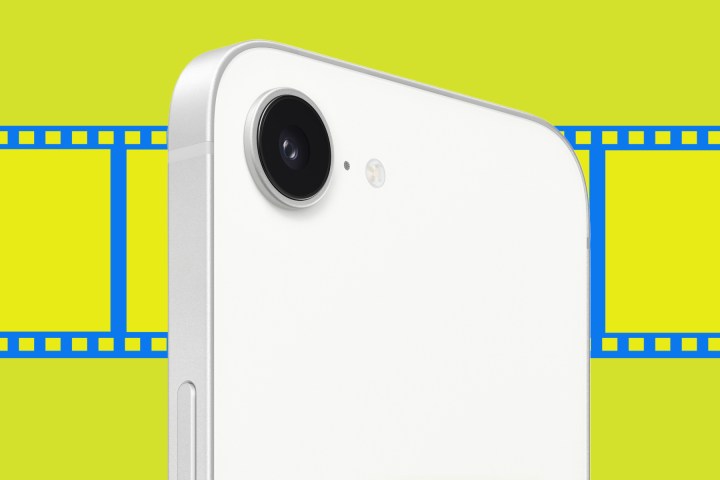 Side view of the iPhone 16e camera lens
Side view of the iPhone 16e camera lens
The iPhone 16e’s success holds considerable implications for Qualcomm, Apple’s current modem supplier. While Qualcomm has diversified its portfolio, the modem business remains crucial. For Qualcomm, the ideal outcome would be a setback for Apple’s modem project. Conversely, a successful C1 modem could accelerate the transition to in-house modems for future iPhones, mirroring the impact of Apple Silicon. The iPhone 16e’s performance will determine not only the future of the iPhone but potentially the broader landscape of mobile technology.



